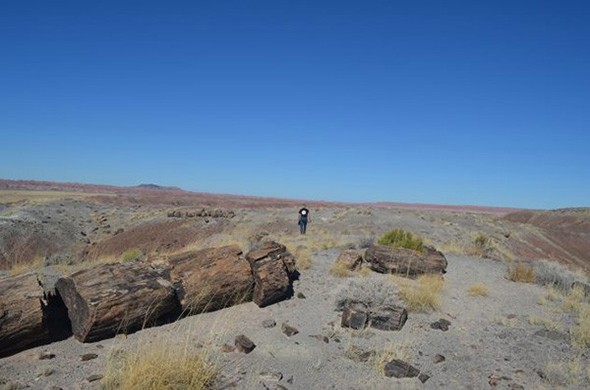In an unusual new study, scientists say they have detected the fingerprint of human-driven global warming on patterns of drought and moisture across the world as far back as 1900. Rising temperatures are well documented back at least that far, but this is the first time researchers have identified resulting long-term global effects on the water supplies that feed crops and cities. Among the observations, the researchers documented drying of soils across much of populous North America, central America, Eurasia and the Mediterranean. Other areas, including the Indian subcontinent, have become wetter. They say the trends will continue, with severe consequences for humans. The study appears this week in the leading journalNature.
In general, scientists agree that as global warming progresses, many now dry regions will become drier, and wet ones will become wetter. Some recent studies suggest that human-induced warming has intensified droughts in particular regions, including a now near 20-year ongoing drought in the southwestern United States. However, the last report by the Intergovernmental Panel on Climate Change says confidence in attributing specific ongoing events directly to humans is still chancy.
Read the full story on State of the Planet, a blog from Columbia's Earth Institute.

